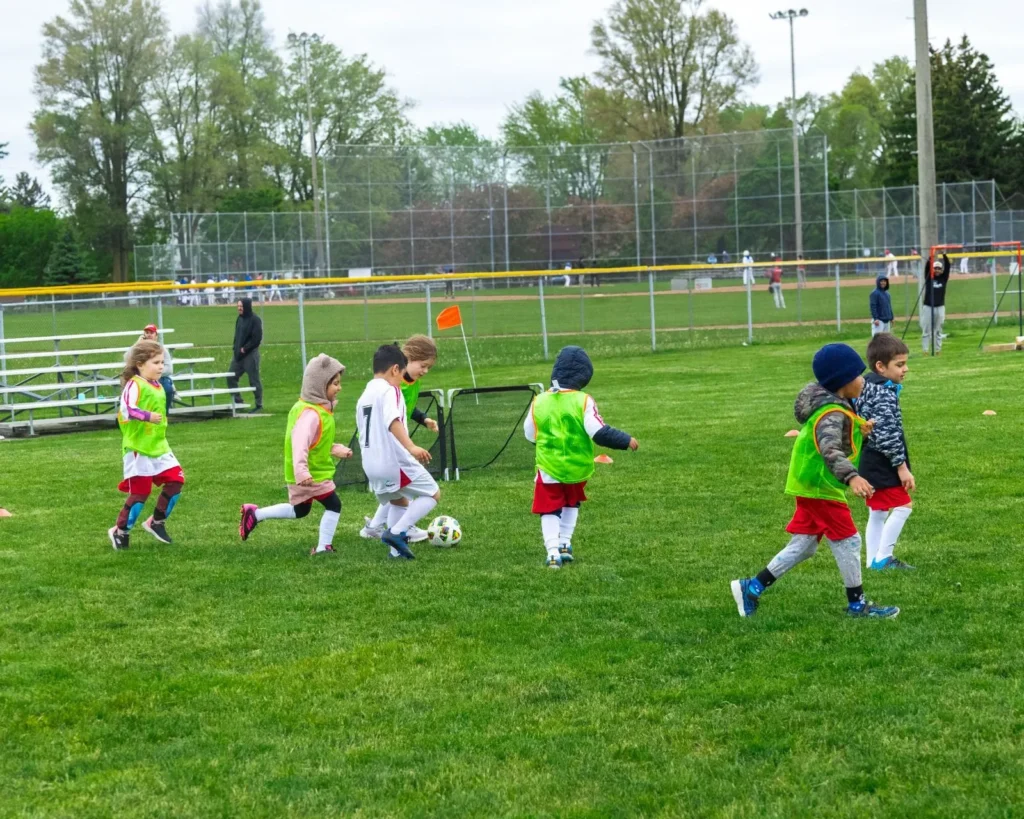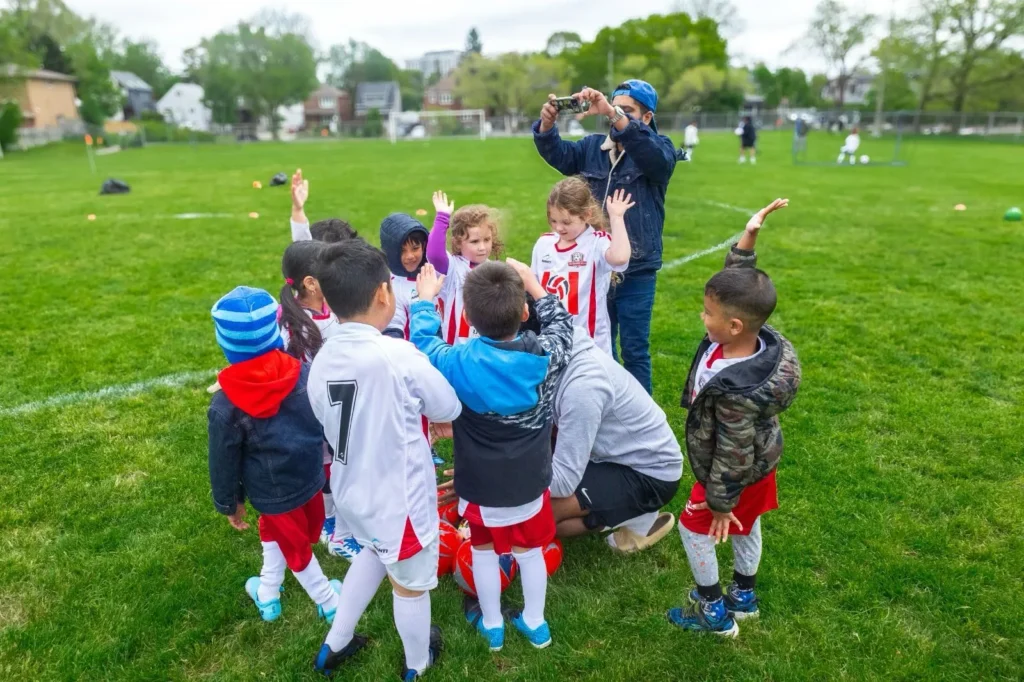Choosing the right sport for your child can feel stressful. With so many options like soccer, swimming, and gymnastics, it’s hard to know which one will truly help them grow. Most parents just want their kids to stay active, confident, and happy, but worry about choosing the wrong path or pushing too soon.
As a youth sports coach, I’ve seen how those first experiences can shape a child’s attitude toward physical activity for life. The right sport builds coordination, confidence, and friendships. The wrong setting can lead to pressure, boredom, or even injury.
Why Sports Matter for Young Kids
Before listing the top sports, it helps to understand why encouraging sports early is so beneficial:
- Participating in youth sports helps with physical health (cardio, strength, coordination) and reduces risks like obesity.
- Sports build mental resilience, social skills, teamwork, and self-esteem.
- Early exposure to different sports helps children develop a wide base of motor skills, making them more adaptable later (and lowering injury risk).
- Avoid early specialization; evidence shows pushing a child into one sport too soon can cause burnout, overuse injuries, or loss of interest.
Criteria for Choosing “Top” Sports for Young Kids
When I pick the best sports for kids aged ~ 4 to 10, I look for:
- Low barrier to entry: minimal cost, simple equipment
- Fundamental movement development: running, jumping, balance, coordination
- Enjoyment & variety: fun first
- Flexibility (indoor/outdoor): to handle Toronto’s changing seasons. For those looking for indoor options, we have indoor soccer training in Scarborough.
- Long-term transferability: skills that help in many sports.
Top 5 Sports for Young Children

1. Soccer / Football
Why it’s the top pick:
- Very accessible (just a ball, open space)
- Encourages running, agility, and foot-eye coordination
- Can be played outdoors, indoors, in small spaces
- Strong community presence in Toronto with clubs, leagues, and parks.
What to watch out for:
- Avoid making practice too structured or competitive too soon
- Ensure the game size is small (3v3, 4v4) so each child gets touches
Support tips:
- Enroll in “recreational” or fun leagues first
- Use mini-games rather than formal drills
- Encourage trying different positions to develop all-around skills.
2. Swimming
Why it’s a great choice:
- A critical life skill (safety)
- Low-impact, full-body exercise
- Year-round option (indoor pools)
- Builds coordination, breathing control, and strength
What to watch out for:
- Overemphasis on competition or lap-only swimming
- Risk of early burnout if intense too soon
Support tips:
- Begin with playful swimming classes and water games
- Use games like “treasure hunt in shallow water”
- Let them explore all strokes later
3. Gymnastics / Movement-Based (Example: tumbling, play-gym)
Why it’s powerful:
- Builds balance, flexibility, and spatial awareness
- Great for developing core strength and body control
- Indoor venues exist, which helps during winter
What to watch out for:
- Avoid pushing into advanced moves too early
- Ensure safety with good mats and qualified instructors
Support tips:
- Start with general movement or “play gym” classes
- Encourage creative movement (cartwheels, rolls)
- Don’t push specialization; treat it as foundational
4. Basketball
Why it’s a strong contender:
- Requires minimal equipment (a ball, a hoop)
- Indoor availability (gymnasiums) makes it viable in winter
- Encourages hand-eye coordination, agility, and teamwork
What to watch out for:
- Too much focus on shooting early, teaching fundamentals first is better
- Large team sizes that leave many kids sidelined
Support tips:
- Use small courts (3v3, half-court) to keep engagement
- Emphasize dribbling, passing, and court awareness over scoring
- Rotate roles so all kids experience defense, offense
5. Track & Field / Running + Jumping
Why it fits:
- Simple and universal (no fancy equipment needed)
- Develops speed, coordination, and aerobic fitness
- Easily paired with other sports
What to watch out for:
- Avoid long-distance focus too early
- Watch for overuse injuries in joints
Support tips:
- Use playful races, obstacle courses, and jump games
- Mix up sprinting, hopping, skipping, and relays
- Use it as cross-training for other sports
How to Introduce Multiple Sports (Multi-Sport Approach)

Many experts (and I) recommend allowing kids to try multiple sports rather than specializing early. This approach:
- Builds a broad athletic base
- Keeps things fun and reduces burnout
- Helps kids discover what they love
In Toronto, many programs (like multi-sport camps or clubs) allow kids to sample soccer, basketball, swimming, etc., in the same season. Switching among sports also ensures periods of rest for certain muscle groups and gives mental variety.
What Parents and Coaches Should Know
Raising young athletes is about balance, not pressure. Here are six expert tips every Toronto parent and coach should keep in mind when supporting kids in sports:
- Let kids lead: Choose sports your child enjoys. When it’s fun, they’ll stay active and confident.
- Keep it balanced: Two to three sessions per week is plenty. Rest and free play help children grow stronger.
- Don’t specialize too early: Let them try different sports. Variety builds coordination and prevents burnout.
- Focus on fun and safety: Avoid pressure and unrealistic goals. Confidence matters more than competition.
- Pick qualified coaches: Good coaches know how to teach children, not just the sport. Look for patience and positive energy.
- Encourage rest and variety: Include downtime and cross-training. Recovery is part of healthy, long-term development.
